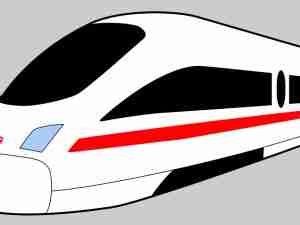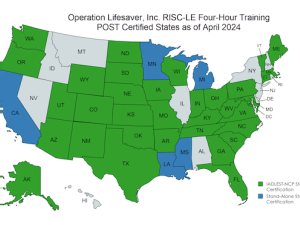Canada’s rail safety measures: earlier and tougher than U.S.
By: Reuters | Jul 23 2014 at 07:40 PM | Intermodal
Canada quietly issued new details on rail safety regulation last week that included specifications for the next generation of tank cars that are tougher than some of the options proposed by the U.S. Department of Transportation on Wednesday.
The safety proposals by Transport Canada for hauling dangerous goods, released online on Friday, builds on measures first announced in April that will require older DOT-111 rail cars used for carrying crude oil be phased out by May 2017.
The measures are a response to a massive surge in crude-by-rail shipments in recent years and a string of high-profile disasters involving older tank cars prone to punctures, including one that killed 47 people in Quebec, Canada.
The additional information from Canadian regulators said new tank car standards, which they named TC-140, should have 9/16 inch (14.3 mm) steel thickness and mandatory electronically controlled pneumatic (ECP) brakes.
The next generation tank car would also require full head shields, as well as mandatory top fitting protection, bottom outlet valves, thermal protection and head and shell puncture resistance that must all exceed the current standards voluntarily adopted by the industry in 2011.
These measures were based on proposals by the industry and the Association of American Railroads (AAR), as well as through discussions with the U.S. Pipeline and Hazardous Material Safety Administration (PHMSA), Transport Canada said.
They appear mostly in-line with only the most stringent of three proposals announced by U.S. regulators on Wednesday, and were tougher than the U.S. options that did not require ECP brakes or rollover protection.
“We’re aware of the U.S. initiatives today. Their proposed action are in line with recent Transport Canada initiatives to strengthen the transportation of dangerous goods by rail,” said Transport Canada spokeswoman, Maryse Durette, adding that it had shared its proposal with U.S. regulators.
“We’ll continue to work closely with our U.S. counterparts to harmonize regulations as appropriate.”
The Canadian proposal also specified that after the 2017 deadline, crude and ethanol in categories known as packing group I, II and III can only be transported in tank car models that conform or exceed the 2011 standards, such as the regular CPC-1232.
The most flammable liquids that fall in the packing group 1 would need to be shipped in tougher tank cars such as the retrofitted CPC-1232 by May 1, 2020.
In contrast, the U.S. proposal pushes for a DOT-111 phase-out within two years for flammable liquids in packing group 1, while less volatiles crudes that fall into packing groups II and III could still be shipped in the older cars for three and five years, respectively.
The draft U.S. rules include speed restrictions on all areas, high-threat urban areas or areas of large population, for tank cars that do not meet the proposed enhanced standards.
In April, Canada issued similar restrictions on older tanks cars traveling through all areas only.







